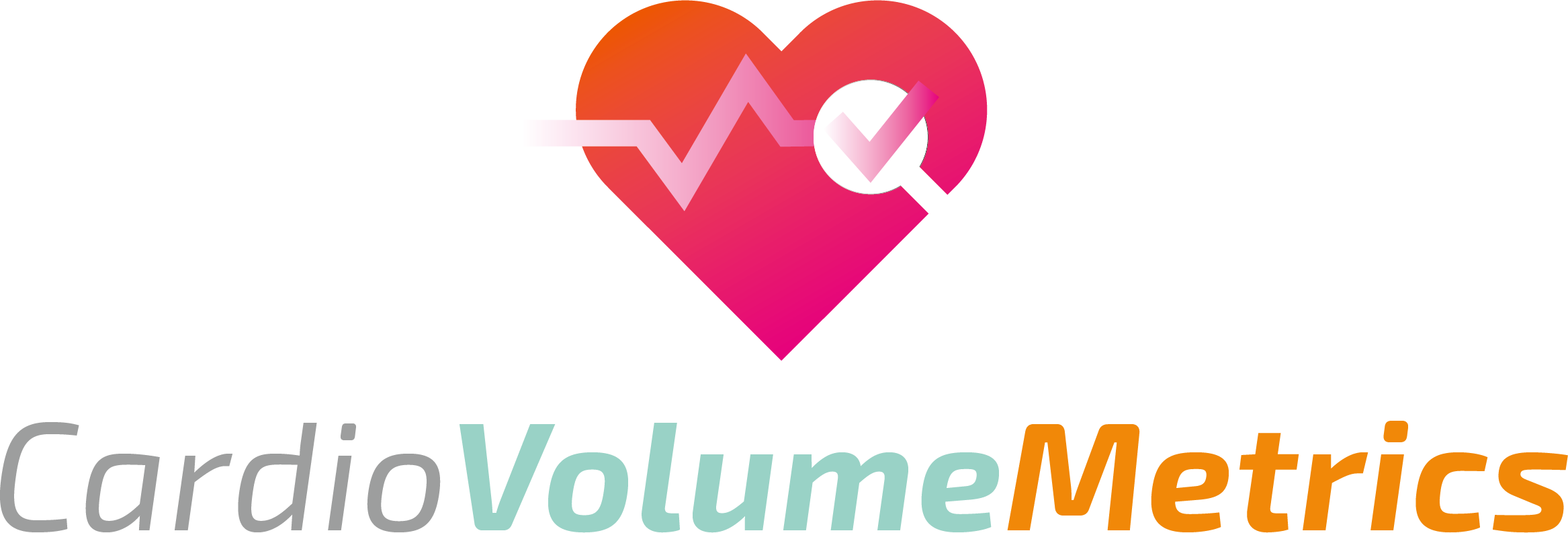Introduction
Did you know that some of the most groundbreaking ideas emerge not during intense work sessions but during moments of rest? It’s a startling truth that challenges the conventional notion that constant productivity is key to innovation. In the rapidly evolving healthcare industry, however, teams often feel pressured to push forward relentlessly. This continuous drive can lead to burnout, diminished creativity, and ultimately, reduced innovation.
This article aims to highlight the essential role of rest and downtime in fostering creativity, improving decision-making, and enhancing team morale—elements crucial for successful innovation. By taking a step back, professionals in the healthcare sector can create an environment ripe for innovation.
The Science Behind Downtime
Research has conclusively shown that periods of rest enhance cognitive functioning and promote better problem-solving skills. A landmark study published in the journal Cognitive Psychology revealed that taking breaks allows our minds to wander, which in turn leads to greater creativity. This phenomenon, often referred to as “incubation,” suggests that letting thoughts simmer during downtime can result in fresh insights and innovative ideas upon returning to a task.
For instance, a study conducted by the University of Illinois at Urbana-Champaign demonstrated that participants who took short breaks between intense focus periods exhibited improved cognitive performance compared to those who worked non-stop. This effect was particularly pronounced in tasks that required high levels of creativity and problem-solving skills.
In the context of healthcare innovation, where the stakes are often incredibly high, periods of rest can lead to better and more innovative solutions to complex problems. Recognizing these facts can shift how teams approach their work, allowing for necessary pauses that enhance overall productivity and creativity.
The Impact of Rest on Team Dynamics
Downtime doesn’t just benefit individual cognition; it also plays a pivotal role in team dynamics. Regular periods of rest can significantly improve team morale, leading to a more cooperative and creative atmosphere. When team members feel rejuvenated, they are more likely to collaborate effectively and share ideas openly.
A compelling example can be drawn from software company Atlassian, known for its project management tools. Atlassian implemented “ShipIt Days,” a quarterly 24-hour hackathon during which employees can work on any project they choose. This strategy not only gives employees a break from their usual work obligations but also fosters teamwork and collaboration. The result? Increased creativity, heightened enthusiasm, and successful innovations that stem from these relaxed environments.
This culture of rest allows team members to connect on a deeper level, facilitating the type of bonding that engenders trust and open communication. As a result, teams that prioritize downtime often report higher levels of morale, which translates into better overall performance and outputs.
Strategies for Incorporating Rest into Workflow
Incorporating rest and downtime into a busy work schedule may seem daunting, but it is essential for fostering innovation. Here are practical tips to ensure that your team experiences the necessary resets:
- Implement ‘Reset Days’: Dedicate specific days within your project cycles solely for brainstorming, networking, and relaxing. By formally acknowledging these days, you signal to your team that rest is crucial and supported.
- Flexible Breaks: Encourage employees to take short breaks throughout the day—be it during meetings or after completing a task. Tools like the Pomodoro Technique can be particularly useful, where team members work for 25 minutes and then take a 5-minute break.
- Engage in Restorative Activities: Promote physical and mental well-being by offering activities such as yoga sessions or mindfulness workshops that allow team members to recharge.
- Set Boundaries on Work Hours: Encourage a culture that respects off-hours, ensuring that employees understand when it’s time to disconnect.
By integrating these strategies into your workflow, you can create an environment that values and prioritizes rest, leading to heightened creativity and innovation.
Measuring the Benefits of Rest in Innovation
Understanding the impact of rest on innovation requires clear metrics and indicators. To effectively assess whether the introduction of rest protocols is beneficial, consider the following:
- Creativity Assessment: Develop surveys or use tools to gauge changes in creativity levels among team members before and after implementing rest. Increased idea generation can indicate a positive impact.
- Decision-Making Metrics: Track the quality of decisions made during and after periods of downtime. Are teams making faster, more innovative decisions as a result of their reset days?
- Project Success Rates: Examine the outcomes of healthcare projects completed after integrating rest periods. Do projects come in on time and meet their objectives better than prior initiatives?
- Case Studies: Investigate organizations like Google, which famously allows its employees to spend 20% of their time on projects of their choice. They have seen a significant increase in innovation and team happiness, providing a concrete model of the impact of rest.
By employing these metrics, teams can better understand the benefits of incorporating rest into their schedules, ultimately leading to a more innovative, effective, and satisfied workforce.
Conclusion
Rest is not just a luxury; it is a necessity in the innovative process, especially in high-pressure environments like healthcare. By acknowledging the importance of downtime, healthcare teams can enhance creativity, improve decision-making, and boost morale. These factors are crucial for driving successful innovation.
So why not consider implementing a reset day in your next project cycle? Observe the transformative impact on your team’s creativity and performance and inspire a culture that truly values the importance of rest.

